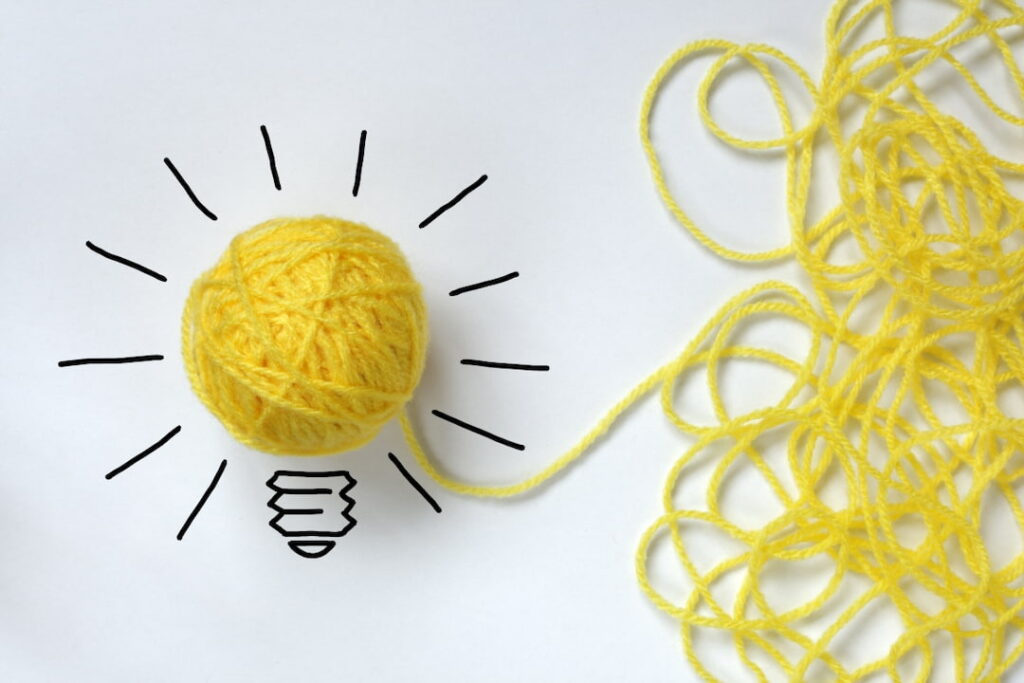Many successful people arrived at where they are in life by doing certain rituals and using tools to get ahead of the pack. Some give their blood sweat and tears, working from the bottom of the ladder all the way to the top.
And then there are others, who swear by reprogramming their subconscious mind through hypnosis to improve their behaviors, break bad habits, and achieve success in whatever they put their mind into.
So, should we put a lot of effort into self-hypnosis for success? There is evidence to show that hypnosis can help, but not as you would expect. This post should clear your expectations on how to achieve your goals with hypnosis (see also’Wealth Hypnosis‘).

Can Hypnosis Make you Successful?
Hypnosis isn’t a magic pill that you take and when you open your eyes, you’ll get the success that you’ve been aching to have. Instead, consider hypnosis as just a tool you can use to manage parts of your career, personality, external issues, and other life experiences (see also ‘Hypnosis for Success‘).
Here are ways hypnosis could help you in your journey to success:
Overcome Fears
Nothing blocks success more than fear.
When Kevin Costner was filming his movie “Water World,” he kept his personal hypnotherapist on the payroll in Hawaii specifically to help him face his seasickness.
Adele, who has one of the most powerful voices and stage presence today, has used hypnotherapy to overcome stage fright.

Stop Smoking
Many artists like Billy Joel, Winona Ryder, Aaron Eckhart, and Matt Damon have used hypnosis to stop smoking.
As a former smoker myself, I know from experience how much 15-minute smoking breaks have affected my day-to-day schedule. The extra time I gained back was used to do more productive things.
Help with Stuttering
One of the most iconic voices in Hollywood, James Earl Jones, used hypnosis to overcome stuttering. Imagine how Darth Vader’s voice in Star Wars or Lion King’s Mufasa would sound like if he didn’t voice these iconic characters.
Brainstorming
Physicist Albert Einstein is believed to have thought of the theory of relativity after one of his afternoon hypnotherapy sessions. This was also the case of light bulb inventor Thomas Edison since he used self-hypnosis on a daily basis.

Improving Sports Performance
Many athletes use hypnosis to improve focus (see here), manage distractions and rewire their state of mind – all of which achieve legendary-level performance.
Tiger Woods, for example, began attending hypnotherapy sessions at age 13 so he could focus much better with his games.
When Phil Jackson coached Chicago Bulls and LA Lakers, his teams and individual players like Kobe Bryant, Michael Jordan, and Shaquille O’Neal all underwent hypnosis to up their game.
Change Behavior
Hypnosis help people make changes in their physical, mental, and emotional health. This could mean switching to a meat-based diet to improve health, achieving longer and more quality sleep, learning new skills, or keeping motivated (read this post for more).
For others, hypnosis may be used as one of the many tools for the treatment of depression, eating problems, negative self-talk, debilitating anxiety, and other psychological issues that block you to achieve your goals.

Does Self-Hypnosis Actually Work?
It did for Sylvester Stallone. The actor shares that in the 70s, in order to write and finish the script for “Rocky,” he practiced self-hypnosis. And once Sylvester has completed the script, he continued self-hypnosis to keep on moving forward and motivated even after 900+ rejections for his script.
When Sylvester finally found a deal for his film, he used self-hypnosis audio – see our top audios reviews – for motivation and relaxation daily throughout the filming of Rocky.
The rest is history with “Rocky” becoming an overnight success and spawned 8 sequels (so far) from 1979 to 2022. In these 8 films, Sylvester Stallone wrote 6, co-wrote 2, directed 4, and starred as Rocky in all 8 films.
What Techniques Make Success with Self-Hypnosis More Likely?
Don’t be scared of the terminologies. Many people think of self-hypnosis as a deeper kind of meditation. The benefits of meditation and hypnosis are very similar.
Hypnosis was originally called “mesmerism.” In movies and in real life, when a person gets mesmerized, he/she is entranced by dripping water, ripples in a lake, crackling fire, and other elements. That state, where you get lost in your thoughts or made temporarily block out the rest of the world and focus on that one thing, you’ve actually experienced hypnosis. Self-hypnosis simply means intentionally achieving a state of hypnosis and without a therapist to guide you through it.
There are many techniques to arrive at this relaxed state. Some of them include:
- Visualization (or Imagery) – Out of all the self-hypnosis techniques, visualization is the most popular and widely used. The secret here is to stimulate the most senses for the brain to see, hear, touch, smell, or taste the imagery. The more realistic the visualization you use for self-hypnosis, the better it is for the brain to be open to suggestions.
- Relaxation – Methods vary, but whatever makes you the most relaxed should work in opening up your subconscious.
- Arm levitation – This method is done with eyes closed, followed by bringing one arm up, then the other. You are then made aware of the state of both arms (what does it feel? is it light or heavy?) The goal is to trick your brain into believing you are lifting an arm, or actually doing live the arm while entering a trance.
- Countdown breathing – Depicted in many Hollywood films, you count either 1 to 10 or count backward, and perform breathing exercises from start to finish.
- Eye Fixation – Staring at a particular object or person until you get to a point of trance.
- Affirmations – The benefits of a positive mindset are well documented, but giving yourself positive self-talk can also help in the process of self-hypnosis.
- Body scan – With your eyes closed, you fixate your mind on parts of your body starting with the head to the feet. Breathing, sitting up straight, extending body parts, and repeating the process until you enter a trance.
- Falling backward – The point of this is to shock your brain enough, making it open to suggestions. If done with a therapist, this technique can be anything from stepping on a patient’s foot or pinching an arm, followed quickly by suggestions specific to the patient’s goals.
Other hypnotherapists use eye cues, hypnotic suggestion, voice tone, reframing, and hypnotic triggers (clapping of hands, snapping fingers), among other techniques to induce people into a hypnotic state.
Self-Hypnosis for Entrepreneurs
Many big CEOs attribute hypnotherapy as their biggest tool to achieve anything they want and arrive at a positive mindset. Because of the high-stress jobs of entrepreneurs, these people in higher positions use hypnosis every day to handle anxiety, achieve deep sleep, stop procrastination, manage stress, learn how to relax, boost confidence and handle the mental workload of the brain.
Do note that not everyone can be hypnotized, and this discovery is backed by research from the Stanford University School of Medicine (and others). It showed that the brain of people with executive control and attention are not open to suggestion, while others (who are hypnotizable and succeed in self-hypnosis) have a brain that can be put into a trance.

Many people who use self-hypnosis focused on one problem at a time but did it continue to reach one goal at a time. Eventually, they are able to work towards a much bigger goal.
How the Most Successful People Use Hypnotherapy to Achieve Big Things
Contrary to how hypnosis is portrayed in Hollywood, the practice is actually backed by science. It was acknowledged as a valid medical therapy by the American and British Medical Associations since the 1950s, which is why many medical professionals from nurses, dentists, and psychiatrists to all other kinds of doctors incorporate hypnotherapy into their practice.
Some of the most successful people have a personal hypnotherapist employed to their companies, so they can sit down at any time of the day, let go of the pain, distractions, or anxieties they are currently obsessing, and get back in control and more focused, positive-thinking, confident and goal-oriented.
Others learn techniques from actual hypnotherapists. Once they discover what works and what doesn’t through guided and self-hypnosis, they are able to practice self-hypnosis themselves anywhere, any time they need to relax, fix their sleep, reduce stress, and achieve all kinds of goals without help from a therapist.
Others pay $25,000 or higher for a two-hour session to some of the best hypnotherapists in the world. This may seem like overkill, but if this is the key to achieving all your life goals and you have very deep pockets, wouldn’t you utilize everything you can get to achieve them?

